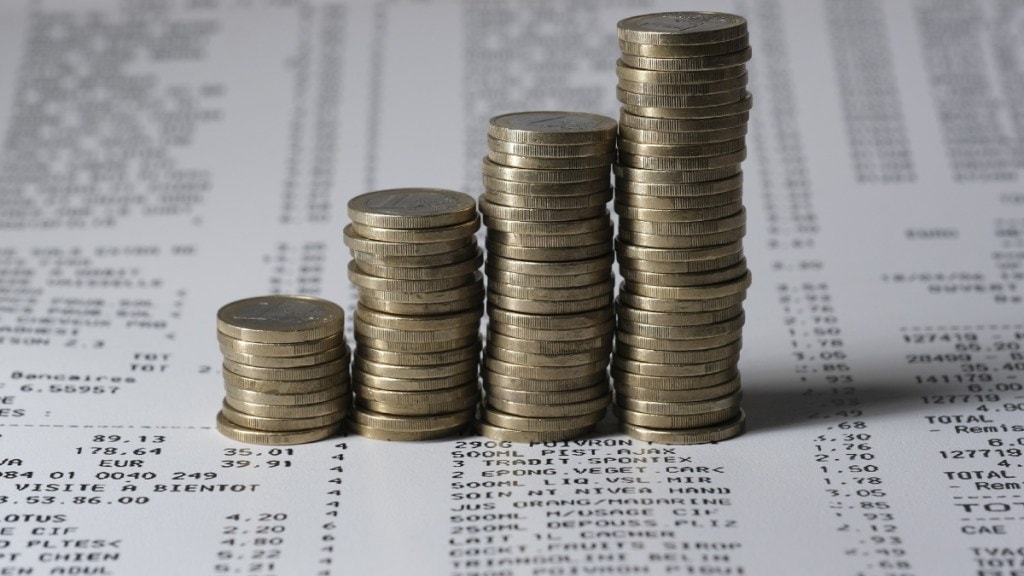By Janu Goswami
Indian households owe a larger portion of their total income (GDP) as debt than ever before. Household debt has grown to a record high of around 40 percent of the GDP for the calendar year ending 2023. This is a significant 16.5 percent year-on-year jump, driven by non-housing loans. The pattern reflects the change in consumer behavior to take higher leverage, a sign of worry for the central bank.
As we understand, debt plays a vital role in driving the economy by enabling individuals and businesses to make substantial investments that they couldn’t afford outright. While borrowing is crucial for any economy to thrive, debt taken for consumption signals trouble for the economy and could be dangerous for growth in the future.
As we have seen in the times of global financial crisis, rapid growth in household debt – especially in mortgages – is potentially perilous for any country, especially for India.
In the short term, an increase in the percentage of household debt to GDP would boost employment opportunities and economic growth but in the long term, these effects are reversed, leading to slower or declined growth and higher odds of a financial crisis.
At the beginning of the household debt cycle, consumers take on more debt to purchase new assets like homes and cars and this provides the economy a short-term benefit as automobile manufacturers and home builders hire more workers but eventually, it curbs highly indebted households of their purchasing power.
They begin to cut back spending to service their respective debts which causes growth to slow down. As we saw in the 2008 financial crisis; a sudden economic shock such as depreciation of property values led to credit defaults, impacting the entire financial system.
The worst part of this is the lack of crisis preparedness. Developed countries with less external debt and floating exchange rates are better equipped to face the consequences compared to a developing nation like India.
If we look at our neighboring country China and compare it with India, we see a pattern that continuous borrowing by the households, primarily to buy houses, has led to household debt to surge at a faster rate, reaching around 62 percent of their GDP. This pushed household debt in China to levels that are quite high by developing country standards, raising concerns about stretched household balance sheets, particularly among lower income groups.
A similar forecast can be anticipated for India, as effortless borrowing has heightened the ambitions of people. The country’s household debt could touch around 70 percent of the GDP in the next 5-7 years and it’s a worrisome prospect for the country’s economic aspirations.
So, what is the solution to India’s rising debt challenge?
A country like India needs to have improved financial regulations and decreased income inequality. On the other hand, policymakers wield the power to mitigate the risks by implementing strategic measures to moderate the growth of household debt. Measures such as reducing the down payment required to purchase a house or allocating a small fraction of household income to service the debt could go a long way in achieving economic stability. Economists and industrialists can only propose solutions but the ultimate fix lies with policymakers, including the central bank. Countries with weak policies tend to remain vulnerable, even if the initial ratio of household debt to GDP is low.
The author is Behavioral Economist
Disclaimer: Views expressed are personal and do not reflect the official position or policy of Financialexpress.com. Reproducing this content without permission is prohibited.

